LI-2100全自动真空抽提系统的海外之路
不同水体的氢氧稳定同位素可用于植物水分利用来源、水汽输送、土壤水运移和补给机制、补给源和地下水机制、水体蒸发、植物蒸腾和土壤蒸发的区分、径流的形成和汇合、重建古气候等方面的研究。因而引起了水文学家,生态学家以及气候学家等的广泛关注。但问题是:在进行水稳定同位素测试之前如何将植物木质部和土壤中的水分无分馏的提取出来?
LI-2100是LICA自主研发的一款全自动真空冷凝抽提系统,且已通过CE认证。从根本上解决了植物和土壤水分提取的难题,克服了传统液氮冷却的繁琐,不仅可以防止同位素分馏,而且安全高效,不会对植物和土壤造成破坏。可与LGR水同位素分析仪和质谱仪配套使用。许多科学家已经结合LI-2100和LGR的水同位素进行了诸多研究。
从研发生产至今,LI-2100在国内已经销售了近百台,国内的科研工作者利用这台仪器发表了诸多文献,得到了用户的众多好评。
随着LI-2100在国内的广泛应用及众多文献的发表,国外的一些科学家也开始关注理加公司研发生产的LI-2100,理加公司也积极在海外推广该产品,由此拉开了LI-2100走出国门、走向海外的序幕。
LI-2100在海外的安装案例
1. 巴西国家空间研究所(INPE)
应用:利用LI-2100抽提土壤、植物中的水,进行同位素相关研究。
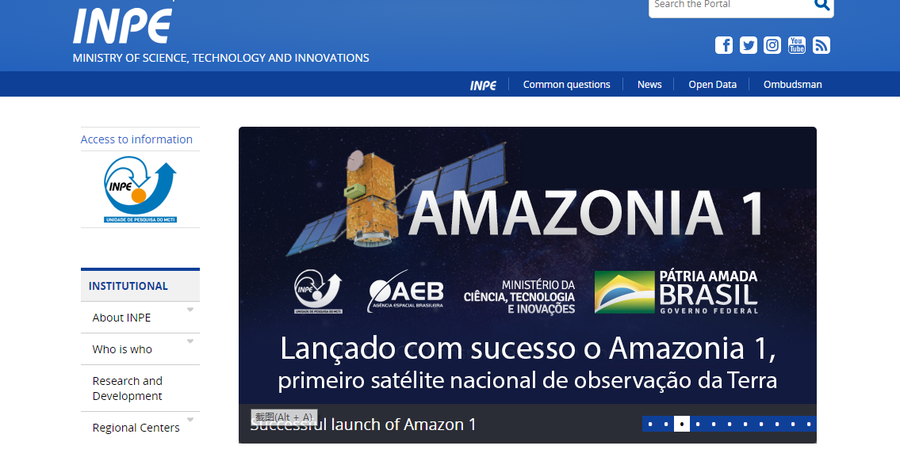
科学家简介:
Laura De Simone Borma (劳拉·德·西蒙娜·博尔玛)
1988 年毕业于欧鲁普雷图联邦大学土木工程专业,1991 年获得里约热内卢联邦大学土木工程硕士学位,以及里约热内卢联邦大学土木工程-环境岩土工程博士学位(1998)。自 2009 年起在 INPE(国家空间研究所)担任研究员,从事生态水文学和土壤物理学领域的工作,ZD是实地观察陆地和极端天气事件对土壤-植物-大气相互作用以及气候变化、土地利用和覆盖变化的影响。她目前是 INPE 的 PGCST(地球系统科学研究生)和 PGSER(遥感研究生)的教授。协调 CCST/INPE 的生态水文学 (LabEcoh) 和生物地球化学 (LapBio) 实验室。她是 ISMC(国际土壤建模联盟)的成员。她对巴西不同生物群落中土壤-植物-大气相互作用、生态水文学以及水和气候调节的生态系统服务领域的研究感兴趣。
2. 澳大利亚Flinders大学 College of Science and Engineering
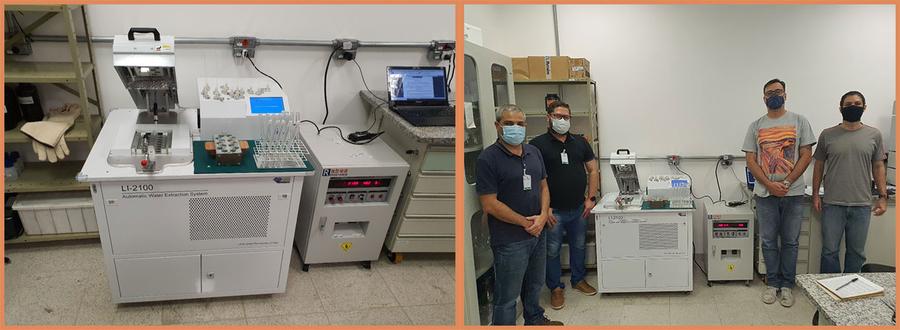
应用:利用LI-2100抽提土壤、植物中的水,进行同位素相关研究。
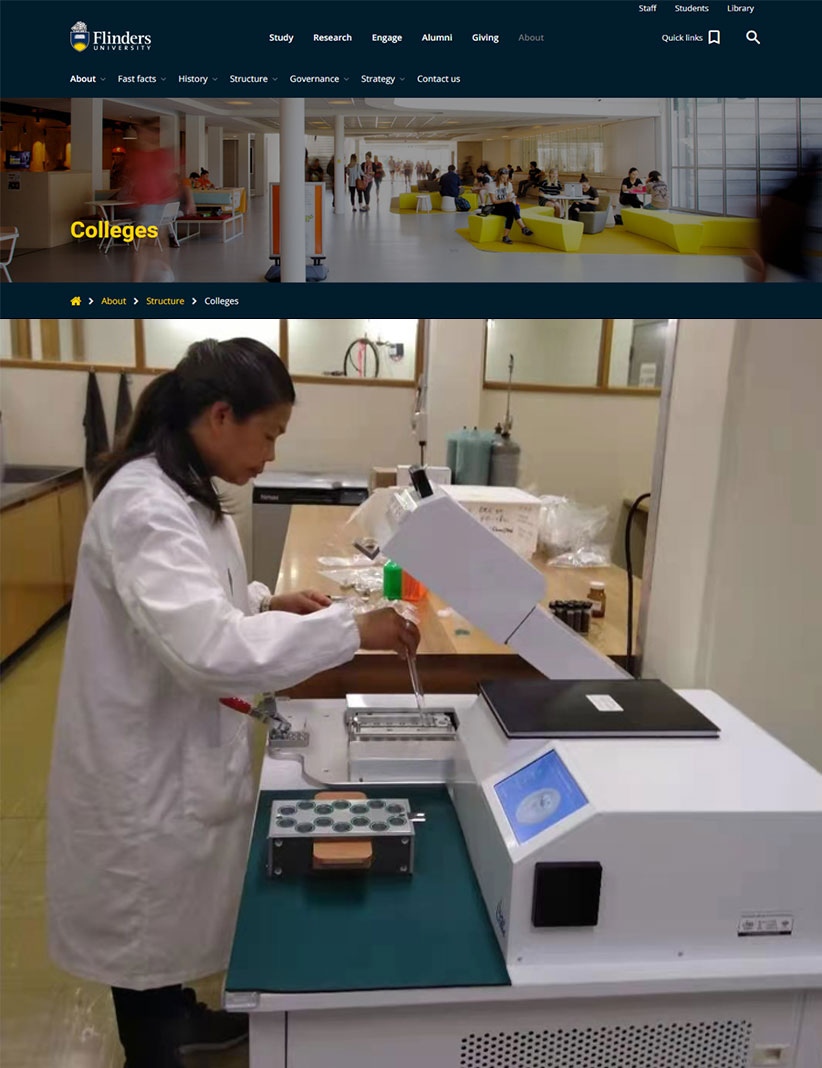
LI-2100在国内的安装案例
1. 中国煤炭研究所
应用:利用LI-2100抽提土壤、植物中的水,进行同位素相关研究。
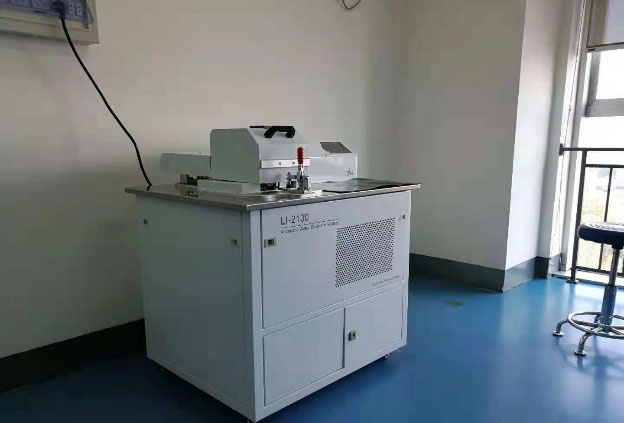
2. 中国科学院西双版纳热带植物园
应用:利用LI-2100抽提土壤、植物中的水,进行同位素相关研究。
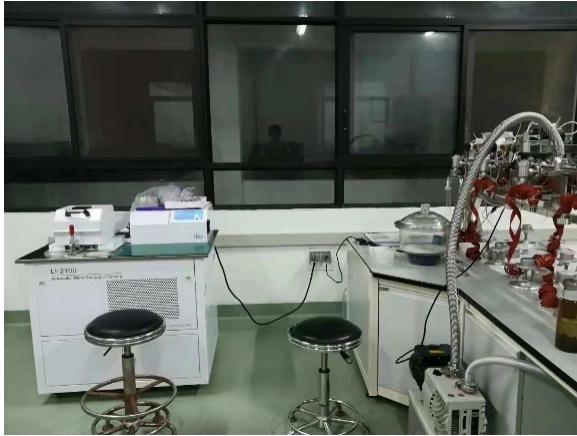
3. 中国林业科学研究院亚热带林业研究所
应用:利用LI-2100抽提土壤、植物中的水,进行同位素相关研究。
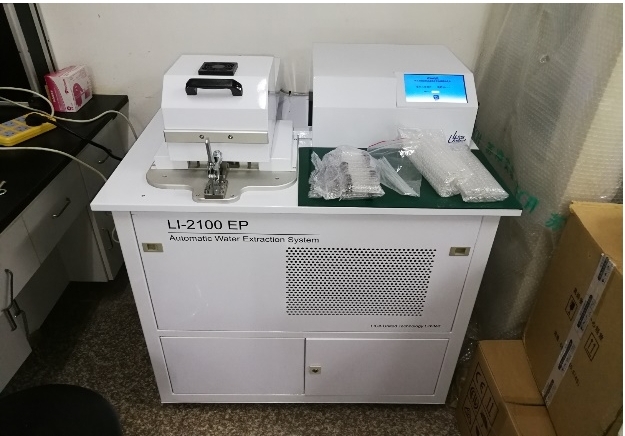
4. 沈阳气象局
应用:利用LI-2100抽提土壤、植物中的水,进行同位素相关研究。
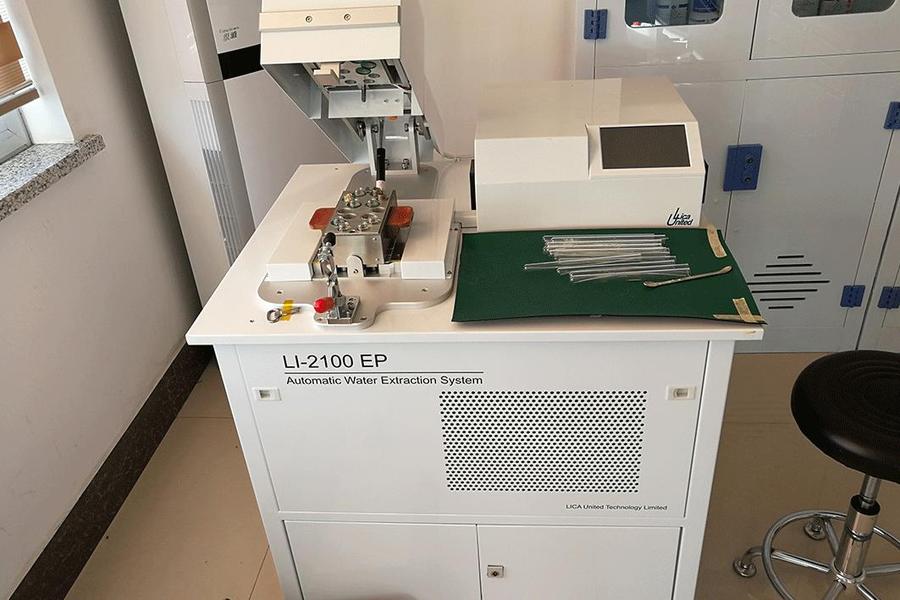
5. 广西植物园
应用:利用LI-2100抽提土壤、植物中的水,进行同位素相关研究。
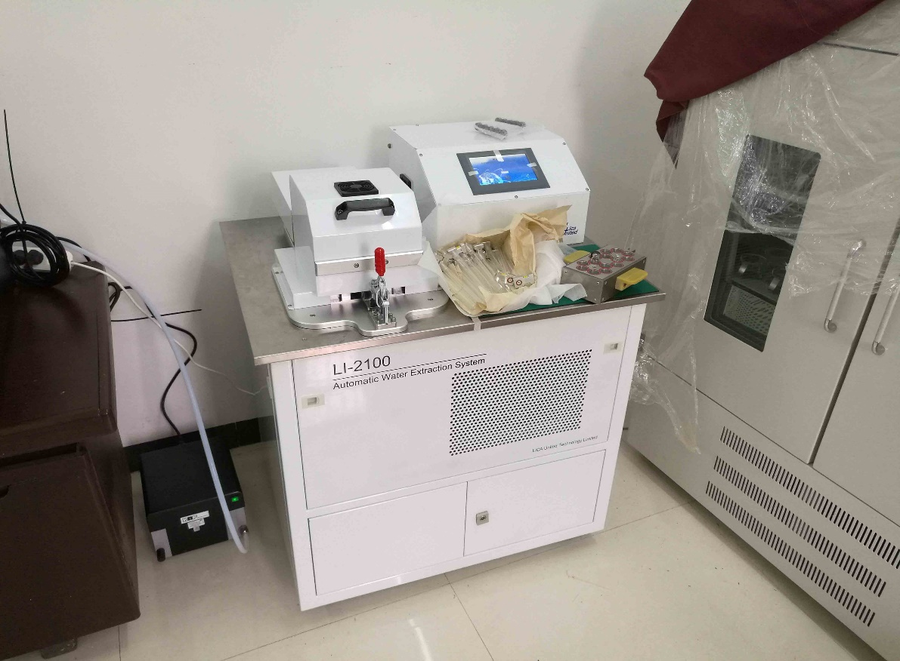
发表文献
1. 周盼盼, 张明军, 王圣杰等. 2016. 兰州城区绿化植物稳定氢氧同位素特征. 生态学杂志, 35(11): 2942-2951.
2. 李亚飞, 于静洁, 陆凯等. 2017. 额济纳三角洲胡杨和多枝柽柳水分来源解析. 植物生态学报, 41(5): 519-528.
3. 李桐, 邱国玉. 2018. 基于稳定氢氧同位素的盐水与纯水蒸发差异分析. 热带地理, 38 (6): 857-865.
4. 霍伟杰, 蒲俊兵, 李建鸿等. 2019. 断陷盆地高原面典型岩溶洼地旱季土壤水氢氧同位素时空差异特征.中国岩溶,38(3): 307-317.
5. 戴军杰, 章新平, 罗紫东等. 2019. 长沙地区樟树林土壤水稳定同位素特征及其对土壤水分运动的指示. 环境科学研究,32(6): 974-983.
6. 苏鹏燕, 张明军, 王圣杰等. 2020. 基于氢氧稳定同位素的黄河兰州段河岸植物水分来源. 应用生态学报, 31(6):1835-1843.
7. 孜尔蝶·巴合提, 贾国栋, 余新晓. 2020. 基于稳定同位素分析不同退化程度小叶杨水分来源, 应用生态学报, 31(6):1807-1816.
8. 王露霞, 梁杏, 李静. 2020. 基于典型钻孔的江汉平原地下水成因分析. 地球科学, 45(2): 701-710.
9. 王锐, 章新平, 戴军杰等. 2020. 亚热带地区不同林分下植物水分利用的季节差异. 生态环境学报, 29(4): 665-675.
10. Qiu X, Zhang MJ, Wang SJ. 2016. Preliminary research on hydrogen and oxygen stable isotope characteristics of different water bodies in the Qilian Mountains, northwestern Tibetan Plateau. Environmental Earth Sciences, 75(23):1491.
11. Wang J, Fu BJ, Lu N et al. 2017. Seasonal variation in water uptake patterns of three plant species based on stable isotopes in the semi-arid Loess Plateau. Science of the Total Environment, 609: 27-37.
12. Huang XY, Meyers PA. 2018. Assessing paleohydrologic controls on the hydrogen isotope compositions of leaf wax n-alkanes in Chinese peat deposits. Palaeogeography, Palaeoclimatology, Palaeoecology, doi: 10.1016/j.palaeo.2018.12.017.
13. Sun L, Yang L, Chen LD et al. 2018. Short-term changing patterns of stem water isotopes in shallow soils underlain by fractured bedrock. Hydrology Research, doi: 10.2166/nh.2018.086.
14. Zhang YG, YU XX, Chen LH. 2018. Comparison of the partitioning of evapotranspiration –numerical modeling with different isotopic models using various kinetic fractionation coefficients. Plant and Soil, 430: 307-328, https://doi.org/10.1007/s11104-018-3737-z.
15. Zhao X, Li FD, Ai ZP et al. 2018. Stable isotope evidences for identifying crop water uptake in a typical winter wheat–summer maize rotation field in the North China Plain. Science of the Total Environment, 121-131.
16. Zhu G, Guo H, Qin, D et al. 2018. Contribution of recycled moisture to precipitation in the monsoon marginal zone: estimate based on stable isotope data. Journal of Hydrology, doi: 10.1016/j.jhydrol.2018.12.014.
17. Che CW, Zhang MJ, Argiriou AA et al. 2019. The stable isotopic composition of different water bodies at the Soil–Plant–Atmosphere Continuum (SPAC) of the western Loess Plateau, China, Water, doi:10.3390/w11091742.
18. Li EG, Tong YQ, Huang YM et al. 2019. Responses of two desert riparian species to fluctuation groundwater depths in hyperarid areas of Northwest China. Ecohydrology, 1-12.
19. Liu JC, Shen LC, Wang ZX et al. 2019. Response of plants water uptake patterns to tunnels excavation based on stable isotopes in a karst trough valley. Journal of Hydrology, 571: 485-493.
20. Liu Y, Zhang XM, Zhao S et al. 2019. The depth of water taken up by walnut trees during different phenological stages in an irrigated arid hilly area in the Taihang Mountains. Forests, doi:10.3390/f10020121.
21. Liu Z, Ma FY, Hu TX et al. 2019. Using stable isotopes to quantify water uptake from different soil layers and water use efficiency of wheat under long-term tillage and straw return practices. Agricultural Water Management, https://doi.org/10.1016/j.agwat.2019.105933.
22. Luo ZD, Guan HD, Zhang XP et al. 2019. Examination of the ecohydrological separation hypothesis in a humid subtropical area: Comparison of three methods. Journal of Hydrology, 571, 642-650.
23. Qiu X, Zhang MJ, Wang SJ et al. 2019. The test of the ecohydrological separation hypothesis in a dry zone of the northeastern Tibetan Plateau. Ecohydrology, https://doi.org/10.1002/eco.2077.
24. Qiu X, Zhang MJ, Wang SJ et al. 2019. Water stable isotopes in an Alpine setting of the northeastern Tibetan Plateau. Water, doi:10.3390/w11040770.
25. Wang J, Fu BJ, Lu N et al. 2019. Water use characteristics of native and exotic shrub species in the semi-arid Loess Plateau using an isotope technique. Agriculture, Ecosystems and Environment, 276: 55-63.
26. Wang J, Lu N, Fu BJ. 2019. Inter-comparison of stable isotope mixing models for determining plant water source partitioning. Science of the Total Environment, 666: 685-693.
27. Wu X, Zheng XJ, Li Y, Xu GQ. 2019. Varying responses of two Haloxylon species to extreme drought and groundwater depth. Environmental and Experimental Botany, 158, 63-72.
28. Xu YY, Yi Y, Yang X, Dou YB. 2019. Using stable hydrogen and oxygen isotopes to distinguish the sources of plant leaf surface moisture in an urban environment. Water, doi:10.3390/w11112287.
29. Dai JJ, Zhang XP, Luo ZD
全部评论(0条)
推荐阅读
-
- 安装案例 | LI-2100全自动真空抽提系统-澳大利亚Flinders大学
- LI-2100全自动真空抽提系统 - 澳大利亚Flinders大学
-
- LI-2100 | 叶片水氢氧同位素的控制因素
- 来自中国科学院地球环境研究所的研究团队于2020年5、7和9月在太白山(33.96°N,107.77° E)收集了土壤和植物(枝条和叶片)样品,同时获取了温度、相对湿度和降水量等相关气象参数。
-
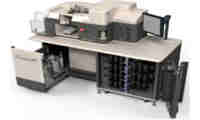
- 大道至简 | 流式分选的简化之路
- 实验室的小伙伴,对流式分选是又爱又恨。爱在流式分选技术对深入的科学研究有非常大的帮助,而恨在需要太多人工手动调节的设置,非常考验操作者的技术水平,科学家们常常需要在繁琐的仪器操作中花费很多经历。
-
- 新芝生物海外征途丨四月海外展绽放光彩
- 点击??蓝字关注我们01新芝生物·仪器出海宁波新芝生物科技股份有限公司是知名的生命科学仪器提供商,也是国内超声
-
- LI-2100 | 土壤有效水分与根系分布的协调改变了柠条的水源分配
- 基于土壤水分同位素平均值、土壤有效含水量(AWC)和根重密度(RWD)加权值,比较了不同土层对柠条RWU的相对贡献。
-
- 向上的力量 | 荆棘之路也会生花
- 解锁小E那些为人知的故事
①本文由仪器网入驻的作者或注册的会员撰写并发布,观点仅代表作者本人,不代表仪器网立场。若内容侵犯到您的合法权益,请及时告诉,我们立即通知作者,并马上删除。
②凡本网注明"来源:仪器网"的所有作品,版权均属于仪器网,转载时须经本网同意,并请注明仪器网(www.yiqi.com)。
③本网转载并注明来源的作品,目的在于传递更多信息,并不代表本网赞同其观点或证实其内容的真实性,不承担此类作品侵权行为的直接责任及连带责任。其他媒体、网站或个人从本网转载时,必须保留本网注明的作品来源,并自负版权等法律责任。
④若本站内容侵犯到您的合法权益,请及时告诉,我们马上修改或删除。邮箱:hezou_yiqi



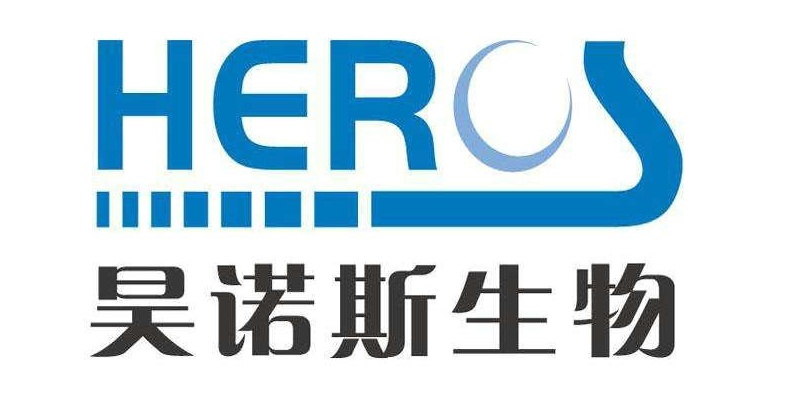
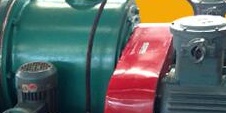


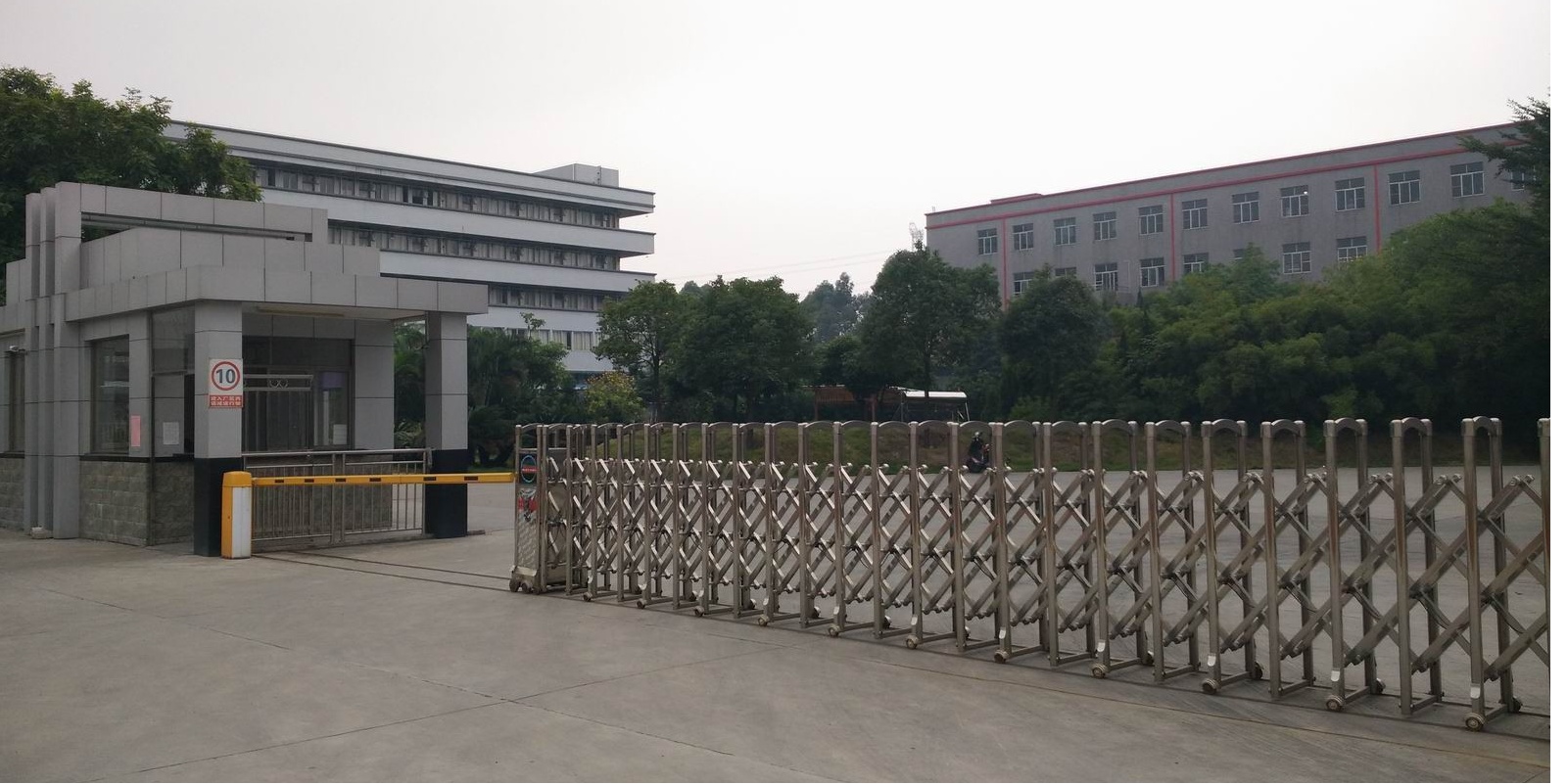

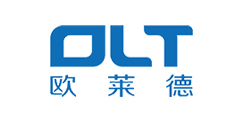




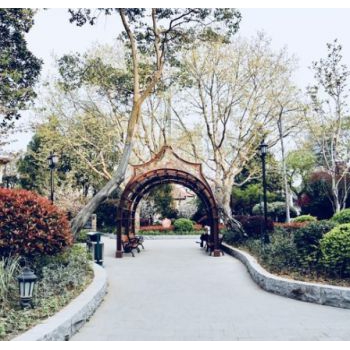





参与评论
登录后参与评论